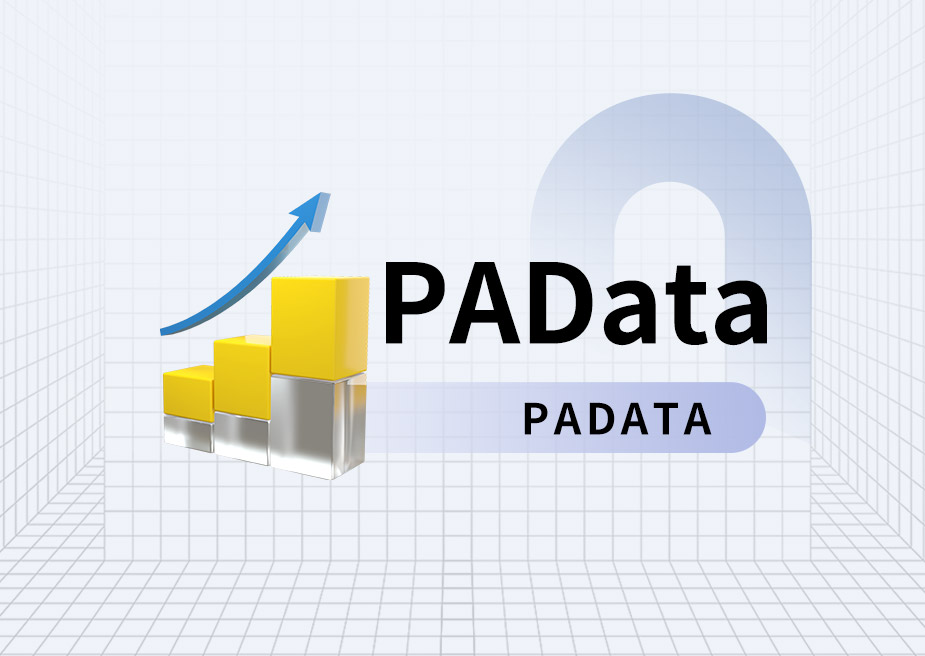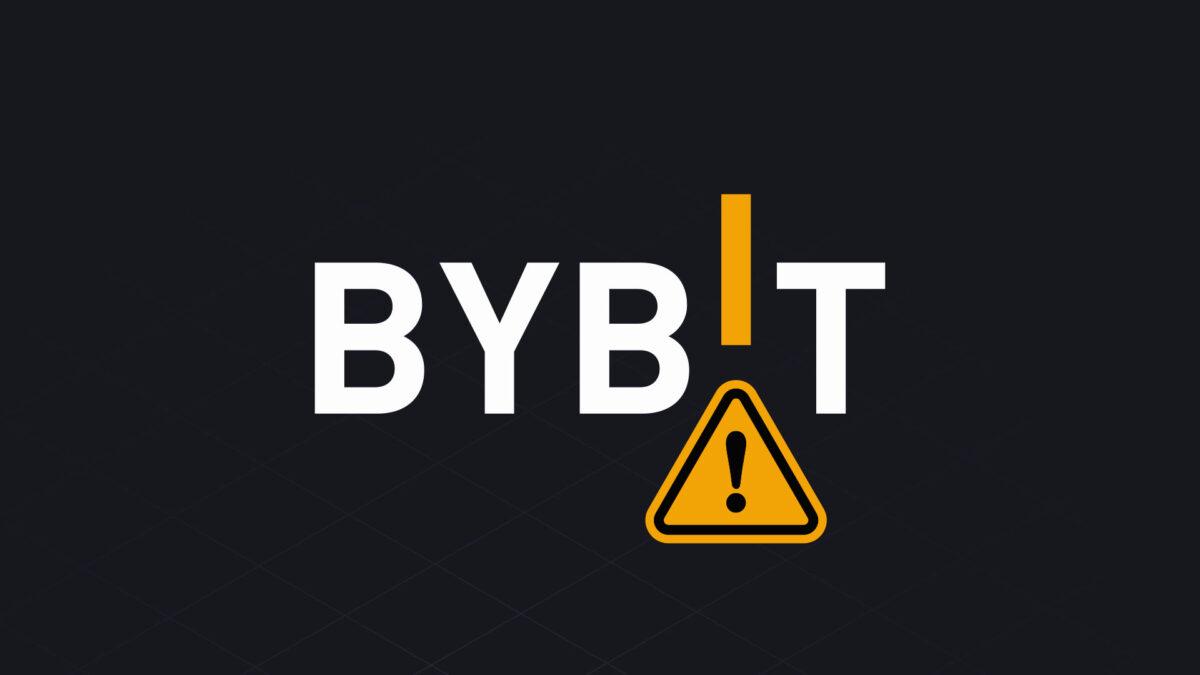当 a16z 发布其年度“加密货币现状”报告时,它迅速在各大媒体、X 账户和 Telegram 社区中流行起来,所有人都分享了其令人印象深刻的图表。其报告上的这些精彩的亮点传达了一个统一的信息:“我们很乐观”,但今天我想分享一些额外的背景和数据重点来补充这份令人印象深刻的报告。这样,大家就可以更广泛地了解市场。
第一部分:加密货币的采用
首先映入眼帘的是:“加密货币活动和使用量创下历史新高”。该报告实际上就是从这句话开始的,展示了每月活跃加密货币地址和互联网用户之间的增长相关性。
![[稳狗原创]乐观背后的补充分析:a16z 的2024年度加密报告](https://cdn-img.panewslab.com/panews/images/Z8yva0ZzZT.webp)
但有一点非常重要:一个地址并不总是对应一个人。事实上,一个地址可能根本不代表一个人。为了更好地了解驱动地址活动的因素,让我们利用Artemis分析并提出一个简单的问题:这个指标是如何计算的?
![[稳狗原创]乐观背后的补充分析:a16z 的2024年度加密报告](https://cdn-img.panewslab.com/panews/images/xzvknc960C.webp)
*每月活跃地址数:网络中作为发送方或接收方活跃的唯一地址的每日数量之和。仅统计成功交易中活跃的地址。
这样,一次钱包到钱包交易即可激活两个地址。Artemis 向我们展示了什么?钱包到钱包交易是最受欢迎的交易类型之一。
值得注意的是,Solana 和 Base 地址的增长与 memecoin 相关活动密切相关。活跃的 memecoin 交易者通常有多个钱包。用户很少只用一个钱包来处理所有事情。此外,还有 sandwichers, sniper bots 等。仅在 Pumpdotfun 上,每天平均有 25000 个新代币发行,每个都算作一个活跃地址。
作为更好的指标,我更愿意查看 CoinMarketCap 和 CoinGecko 的月流量。以下是 2023 年 2 月的数据。当前访问CoinMarketCap 为 7396 万,CoinGecko 为 2280 万。
![[稳狗原创]乐观背后的补充分析:a16z 的2024年度加密报告](https://cdn-img.panewslab.com/panews/images/0Yg1x5PLRS.webp)
你可能会争辩说:“哇,我们现在不使用 CMC 或 CoinGecko;聪明人使用 DEXScreener。”好吧,DEXScreener 每月有 1300 万次访问,而 DEXTools 有 600 万次访问。
客观地说,一些区块链已经成功吸引了新用户,但我不认为我们正处于 Web3 普及的黄金时代。相反,长期用户似乎已经开发出更全面的基础设施。鉴于当前的流动性和用户体验碎片化,这是不可避免的。然而,整体散户的数量似乎并没有增加。
![[稳狗原创]乐观背后的补充分析:a16z 的2024年度加密报告](https://cdn-img.panewslab.com/panews/images/840ms1tmuf.webp)
a16z 报告中的下一张图表重点介绍了移动加密钱包用户,这似乎相当乐观,但你得考虑到移动设备占了以下因素:
- 尼日利亚 86% 的网络流量
- 印度占79%
- 阿根廷 57%
![[稳狗原创]乐观背后的补充分析:a16z 的2024年度加密报告](https://cdn-img.panewslab.com/panews/images/hHpfEOb0VE.webp)
换句话说,新兴国家的用户是移动设备的频繁用户。随着移动钱包变得更加用户友好且功能更加丰富,其市场份额正在增长。此外,用户通常需要在当前的区块链环境中安装几个不同的钱包。
![[稳狗原创]乐观背后的补充分析:a16z 的2024年度加密报告](https://cdn-img.panewslab.com/panews/images/HX1d09rD24.webp)
通过这种方式,我更愿意强调加密货币在新兴国家的更广泛采用 — — 这是 Web3 和 DeFi 从一开始就推动的使命 — — 而这最终正在成为现实。
第二部分:加密货币的杀手级应用
在他们的报告中,a16z 将稳定币确定为加密货币最明显的“杀手级应用”之一,我对这一说法没有异议。
稳定币转账速度更快、成本更低。许多国家现在都有了法律框架,许多企业都以稳定币支付收入税。随着法律框架的完善,越来越多的用户将转而使用稳定币来替代传统的汇款方式,这是合乎情理的。
![[稳狗原创]乐观背后的补充分析:a16z 的2024年度加密报告](https://cdn-img.panewslab.com/panews/images/5Y4UGYmrGN.webp)
稳定币交易量超过 Visa 交易量这一事实令人瞩目。然而,值得注意的是,稳定币主要用于大额转账。对于购买咖啡等日常购物,人们仍然依赖 Visa 卡。
虽然我不能否认稳定币是一款杀手级应用,但看到年度报告中如此强调稳定币,还是有点令人失望和沮丧。几年前,我们会在这里提到 DeFi,这确实是一个突破。而现在……稳定币?我们今年似乎没能推出更好的杀手级应用。
第三部分:基础设施
当然,基础设施对于下一代 dApp 和高负载应用程序(例如游戏、消费者应用程序、社交应用程序等)至关重要。
基础设施的改善使这项技术更加先进,但日常用户尚未看到显著的好处。虽然有几款游戏(几乎没有一款是完全上链的,因为没有必要)和一些本地消费者应用程序,但交易能力似乎并不是主要问题。例如,在游戏中,主要用例是游戏内资产代币化和这些资产的开放市场 — — 这些任务不需要超高的 TPS。
![[稳狗原创]乐观背后的补充分析:a16z 的2024年度加密报告](https://cdn-img.panewslab.com/panews/images/83QBd45FRk.webp)
别误会我的意思:我对基础设施的进步非常乐观,因为它们为 Web3 创新和我们尚未想象到的新用例创造了机会。然而,考虑到今年最受欢迎的应用可能是 Hamster Kombat,我对 dApp 领域的看法更为悲观。
第四部分:DeFi
DeFi 部分以一个强有力的声明开头:“DeFi 仍然很受欢迎 — — 而且还在增长。”这对于 2023 年来说是准确的,尽管我们还没有达到 2022 年的水平。
![[稳狗原创]乐观背后的补充分析:a16z 的2024年度加密报告](https://cdn-img.panewslab.com/panews/images/L4PvLmxnCM.webp)
2022 年,DeFi 累计总锁定价值接近 1800 亿美元。现在,这一数字只有这个数字的一半。尽管 2022 年标志着以太坊的价格创下历史新高,即使考虑到价格差异,我们也还没有回到那个水平。
![[稳狗原创]乐观背后的补充分析:a16z 的2024年度加密报告](https://cdn-img.panewslab.com/panews/images/1f3LxrBhMR.webp)
该行业的增长主要归功于流动性质押、重新质押和 RWA 等新领域。机构资本终于开始流入 DeFi。
查看 Lido(DeFi 在 TVL 方面的超级应用之一)的 MAU 统计数据 — — 目前的每月用户数量接近 6,000 名。
![[稳狗原创]乐观背后的补充分析:a16z 的2024年度加密报告](https://cdn-img.panewslab.com/panews/images/1HePZlm7i3.webp)
这意味着什么?在我看来,DeFi 最近的增长可以归因于几个核心因素:与 2023 年相比,平均存款价值和整体市值增长。
第五部分:AI x Crypto
人工智能和加密货币共同具有巨大的潜力,它们提供了去中心化的经济体,可以推动人工智能领域更实惠、以社区为中心的进步。
![[稳狗原创]乐观背后的补充分析:a16z 的2024年度加密报告](https://cdn-img.panewslab.com/panews/images/Y49su2V4o1.webp)
上面的图表最吸引我的注意。在我看来,人工智能和加密流量之间的相关性可以归因于它们的性质:两者都是新的、有前景的,并且具有重大的投机价值和尖端技术。
Web3 处于技术创新的前沿,很快就开始吸引人工智能用户的兴趣(反之亦然)。这两个行业有着相似的人口和用户兴趣,而且都不是保守的。
去中心化计算用例,例如Aethir或Compute Labs 、 Grass提出的互联网共享方法以及Theoriq的协作 AI 代理。在我看来,所有这些创新都很棒,并且具有巨大的潜力。
总结
2024 年,加密货币的发展以幕后发生的重大发展为标志。然而,这些创新尚未引起更广泛的 Web2 受众的关注,因为它们通常技术性很强或为特定用户(例如机构投资者)设计。
对于专注于快速获利的加密货币新手来说,这些进步可能并不吸引人。这就是为什么许多人被 memecoin 狂热和预测市场所吸引。
2024 年,人们对空投和积分计划的乐观情绪逐渐消退。用户现在将它们视为一种额外的 APR 形式,这推动了 TGE 后更多寻求风险的被动投资者的流动性轮换。同样,随着现实的到来,围绕 GameFi 的兴奋也逐渐消退。虽然有些游戏成功吸引了用户,但没有一款能达到《博德之门 3》或《Elden Ring》那样的成功高度。这完全正常 — — 创新需要时间才能成熟。换句话说,还乐观吗?是的,很乐观。但我们正处于 Web3 的黄金时代吗?绝对不是。






